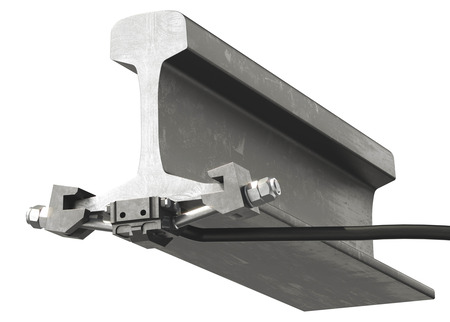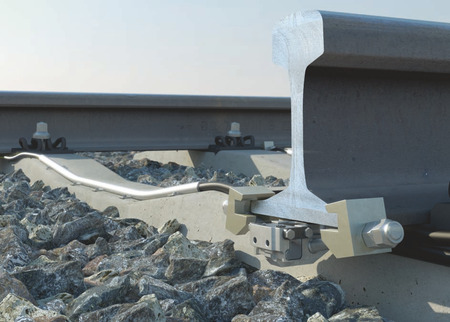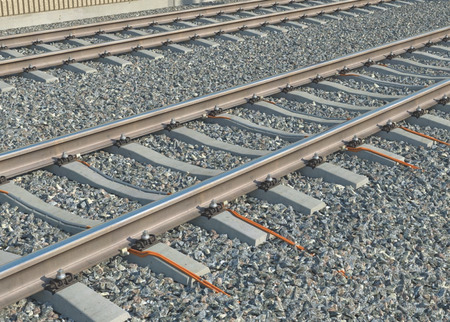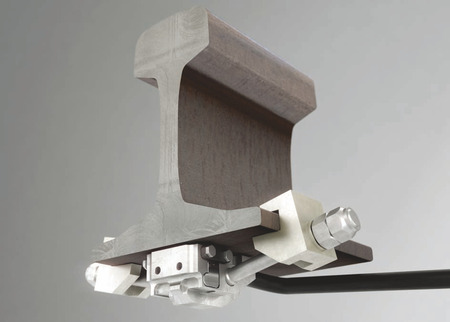zentrak WHEEL DEFECT DETECTION and zentrak WEIGHING IN MOTION
WHEEL DEFECT DETECTION (WDD) and WEIGHING IN MOTION (WIM) are used for diagnosis of wheel defects and vehicle weights.
WHEEL DEFECT DETECTION (WDD) and WEIGHING IN MOTION (WIM) are used for diagnosis of wheel defects and vehicle weights.




Growing rail traffic worldwide requests higher safety standards and lower maintenance costs at the same time. An essential aspect is a continuous, trustworthy monitoring of wheel-rail interaction forces.
Wheels of rail vehicles are exposed to high wear and tear. This may result in geometric wheel defects. The functions WDD and WIM measure on a continuous basis every wheel of the fleet and check for any deviating force levels during normal train operation.
Besides detecting wheel defects the functions are used as a dynamic rail scale at the same time; vehicle weight and load distribution are monitored during every passage and an unbalance or overload can be recognized in time. Assistance for optimal payload usage is available as well.

zentrak WHEEL DEFECT DETECTION (WDD)

zentrak WEIGHING IN MOTION (WIM)
| Train speed: | 5 to 450km/h |
| Train length: | up to 5000m |
| WDD coverage: | ~3x wheel circumference |
| Axle distance: | 0.7 to 40m |
| Wheel diameter: | 200 to 1600mm |
| Vertical static axle load: | 2 to 40t |
| Accuracy of vehicle weighing: | up to ±3% |
| Environment: | -40 to +70°C |
| IP class optical sensors: | IP68 |